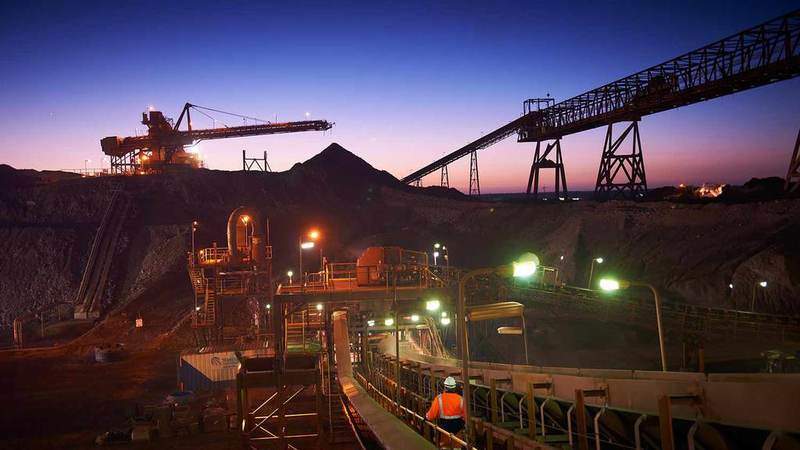
Multinational metals and mining company BHP Billiton has reported an outage at its Olympic Dam copper smelter in south Australia.
The company attributed the outage at the acid plant to the failure of several boiler tubes, adding that it is currently assessing the impact.
In a statement, BHP said: “Remediation and mitigation activities are underway, and underground mining operations continue as normal.”
In the first half of the 2018 financial year, Olympic Dam copper production dipped by 18% to 137t due to a planned smelter maintenance campaign and a slower than planned ramp-up, before returning to full capacity during the June 2018 quarter.
In its operational review for the year ended 30 June this year, BHP noted that production from Olympic Dam is projected to increase to between 200t and 220t in the 2019 financial year as a result of higher ore grades from the Southern Mine Area.
Despite the slump in Olympic Dam production, the company’s copper production for the 2018 financial year increased by 32% to 1,753t.
The increased output was supported by a full year of production at Escondida, the ramp-up of the Los Colorados Extension (LCE) project and record production at Spence.
Reuters quoted BHP Billiton chief executive Andrew Mackenzie as saying that Olympic Dam was now the ‘only part of our business which is not delivering an acceptable return on capital’.
Mackenzie says: “I accept that we have a lot to do to continue to build confidence in Olympic Dam. We have seen considerable improvement in our development rates in the southern mine area and that has put our growth plans back on track.”



